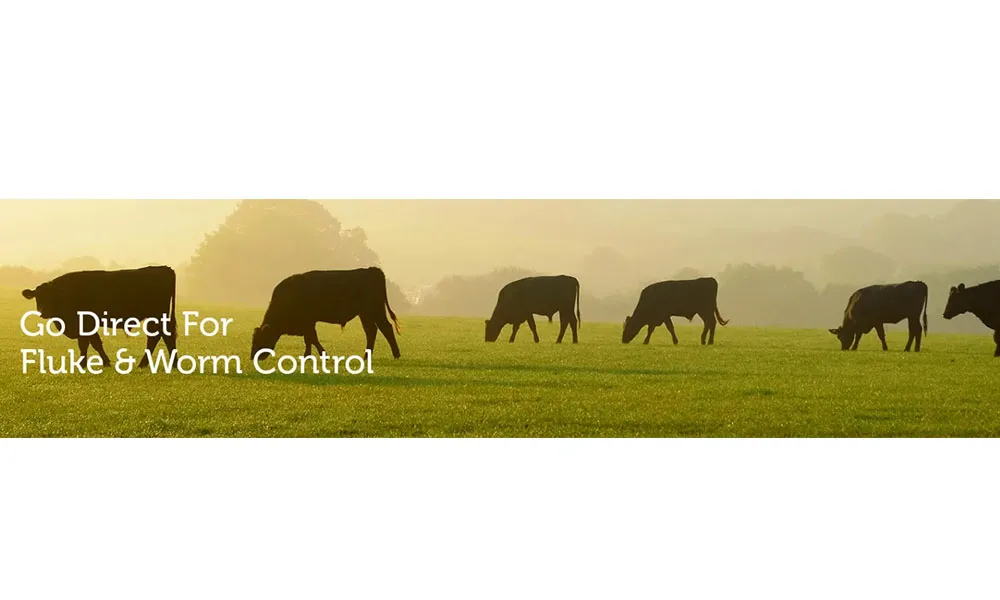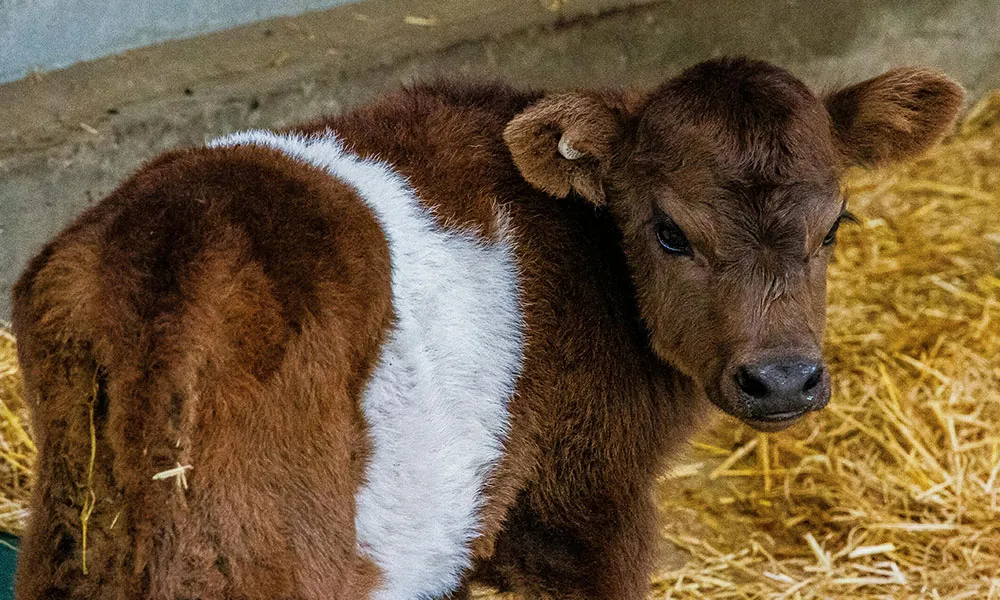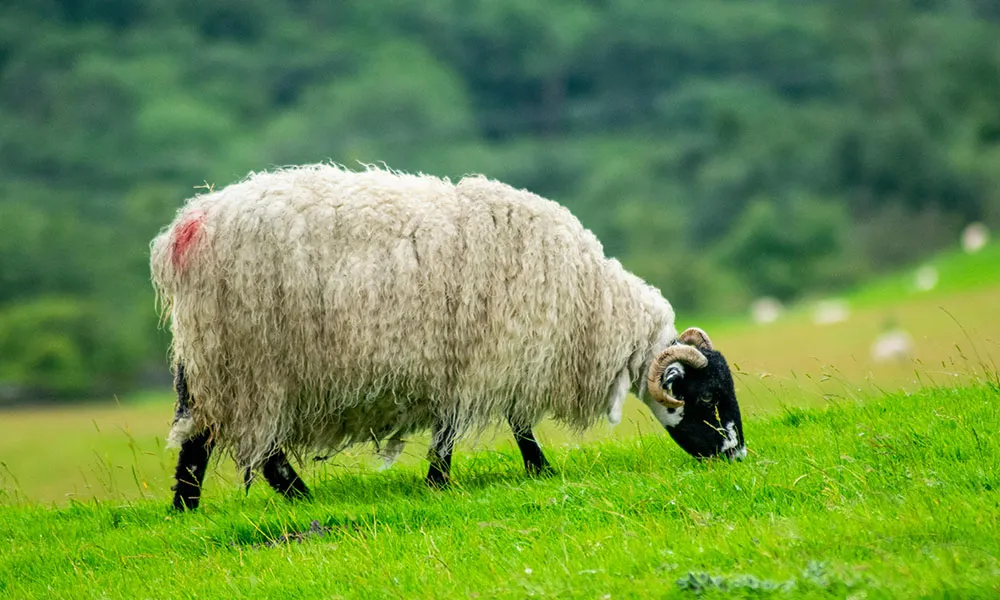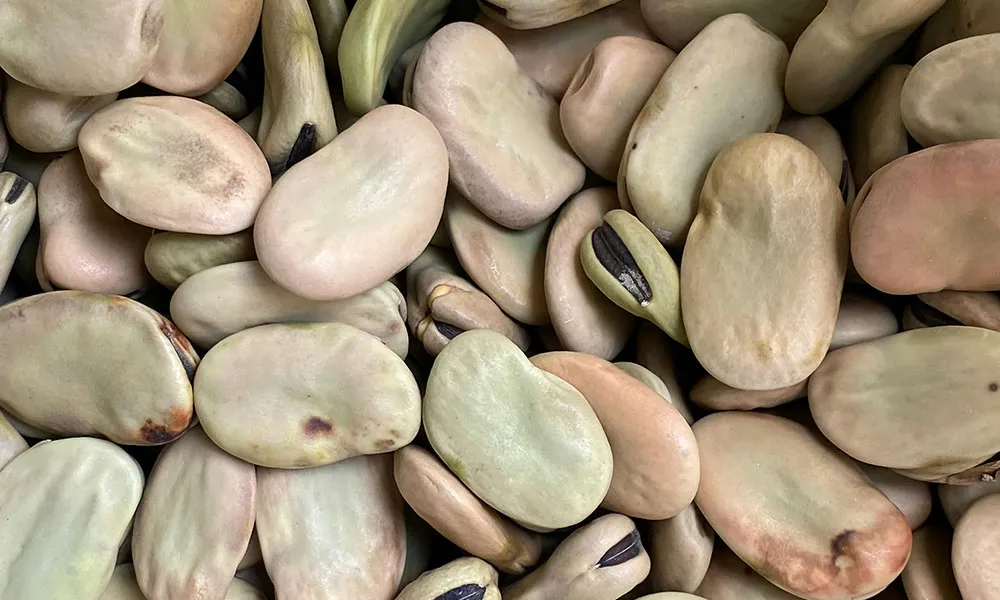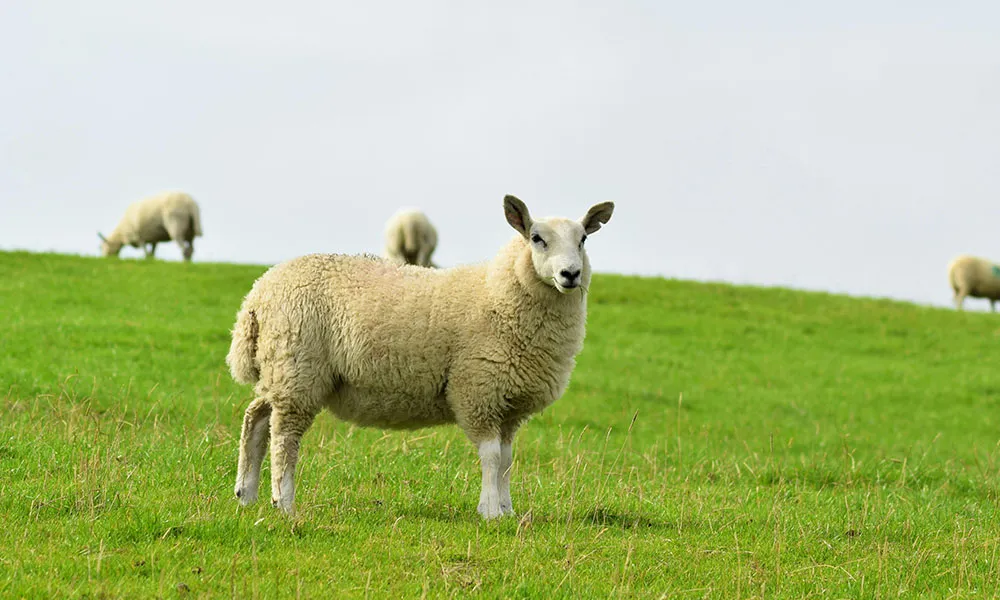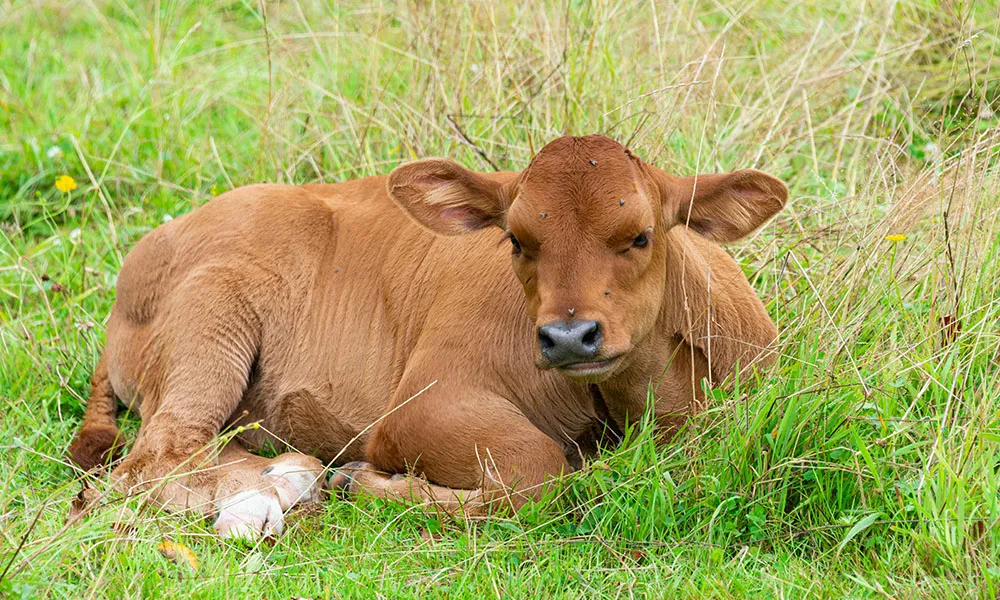
Ideal conditions for parasites?
We will soon reach that time of the year when livestock parasite burdens need to be treated. The weather has not been helpful in this regard. Some heavy rainfall over the last eight weeks means that calves, in particular, are likely to contract parasitic infections. Farmers are advised to monitor animals closely for signs of disease, and to take action as needed.
Watching for symptoms
Arguably the first sign that calves and younger adult cattle are struggling with parasitic worms is lack of thrive. According to Teagasc, individual suckler calves should gain 1.2 – 1.3kg per day in early summer. Healthy cattle that are over a year old should gain approximately 1kg per day. Where animals are failing to meet this expectation, parasites are likely part of the problem. Additional symptoms of concern include scour, coughing and breathing issues. A faecal egg count should be conducted to ascertain whether treatment is required. A faecal test at this time of year is most likely to find infection with stomach worms and/or lungworms.
Lungworm
Often referred to as “hoose”, lungworm infects the animal’s respiratory tract and, if left untreated, can even be fatal. Its primary symptom is a persistent cough, as well as general ill-thrift. Younger cattle, and particularly weanlings, are most at risk of developing a severe lungworm infection. Older cattle are usually unaffected due to immunity developed during their first grazing season. This means that dosing for lungworm is usually confined to younger animals. However, older animals should also be monitored. Cows with additional health issues are also potentially susceptible.
Stomach worms
Much like lungworm infection, stomach worms are most associated with calves in their first grazing season. Dairy-beef calves have greater susceptibility and need to be monitored closely for stomach worms during the summer months. Animals suffering from disease fail to thrive. Scour and anaemia are associated with more serious cases.
In cases where calves are being turned onto wet ground, or onto paddocks known to be “high risk” for parasites, Teagasc recommends an 8-week dosing regime to manage stomach worms. In spring-born calves, the dosing programme should start in July.
Finding the right product to treat parasitic infections
As already mentioned, a faecal egg count needs to be taken before a treatment can be selected. This is done to confirm that worms are responsible for your animals’ symptoms, which will help to prevent anthelmintic resistance due to routine dosing. If your test returns a result of more than 200 eggs per gram of dung, you probably have a problem at requires intervention. Stomach worms are usually treated with one of three doses:
· Benzimidazole (white dose)
· Levamisole (yellow dose)
· Macrocyclic lactone (Clear dose).
It is always recommended that you consult with your veterinarian before choosing a parasite treatment for your herd. When administering any of the doses mentioned above, the manufacturer’s instructions should be followed closely. It is particularly important not to overdose, as this can further harm the animal’s health and increase the likelihood of parasitic resistance to the product you are using.




